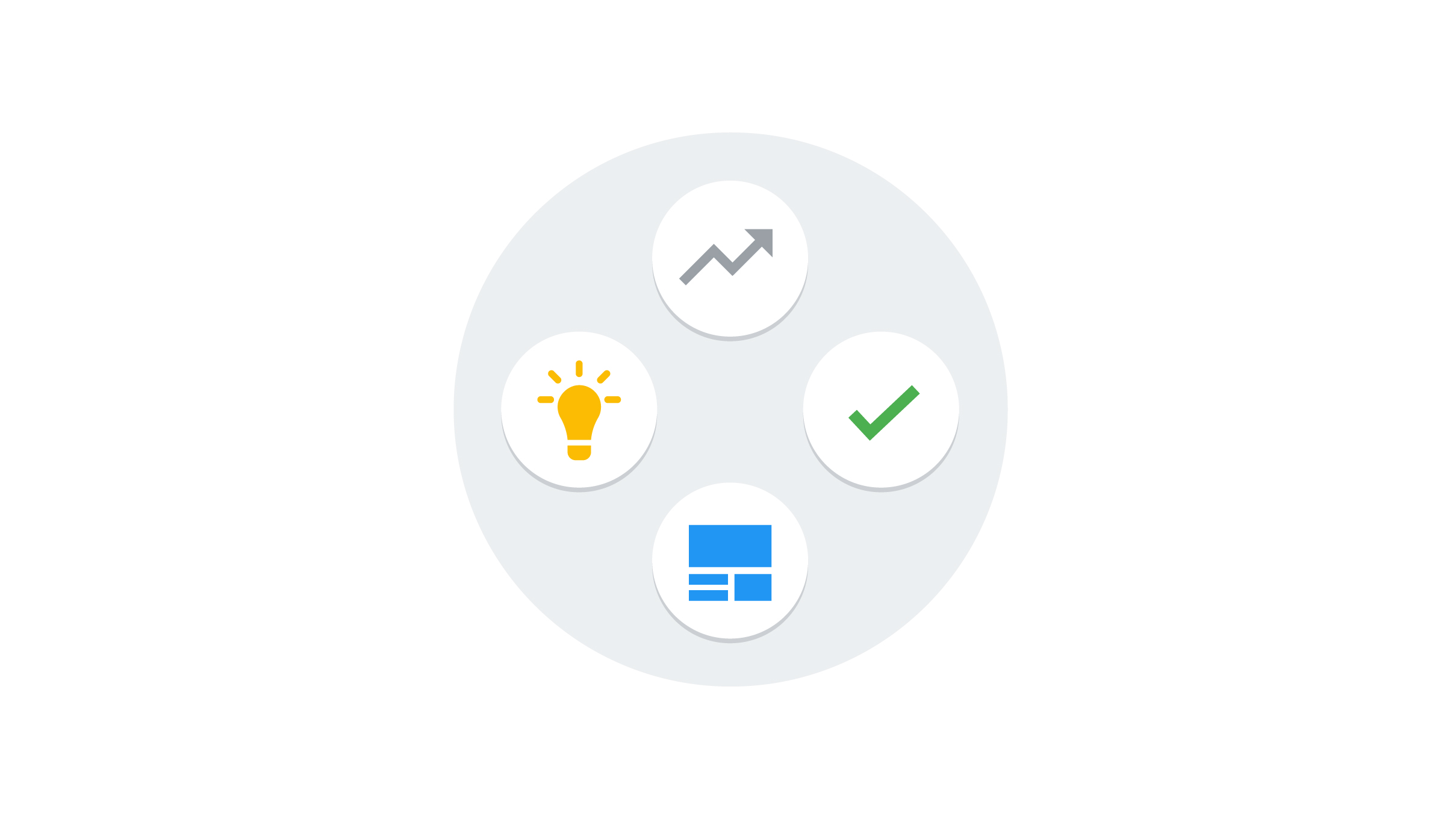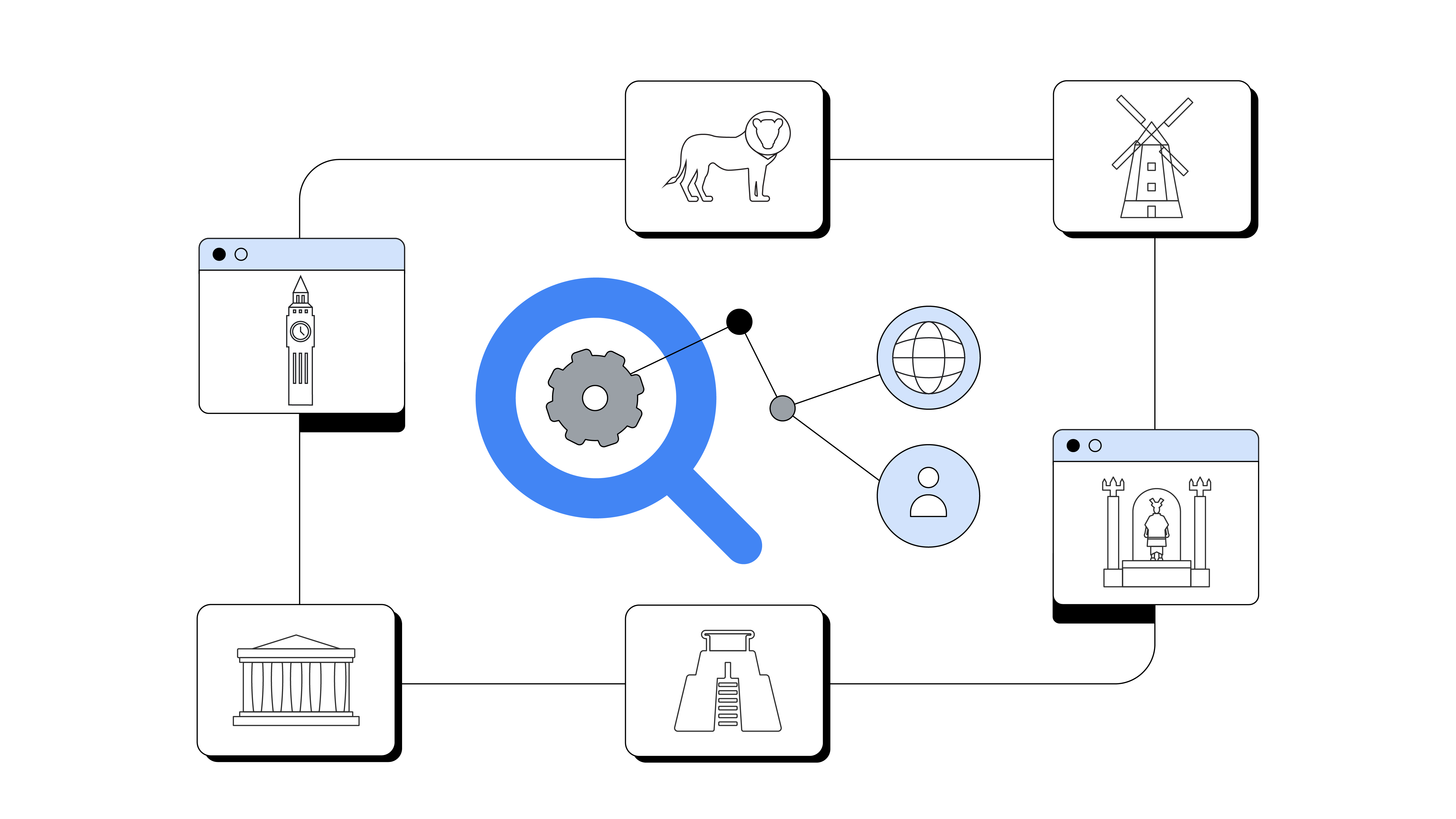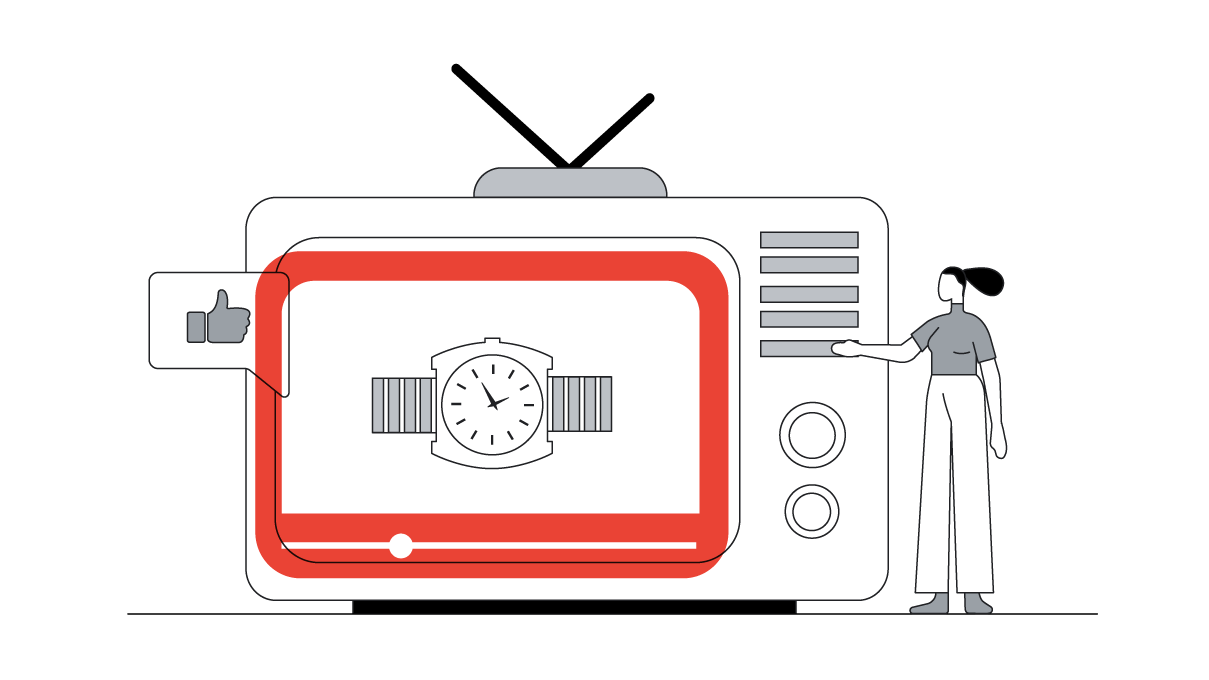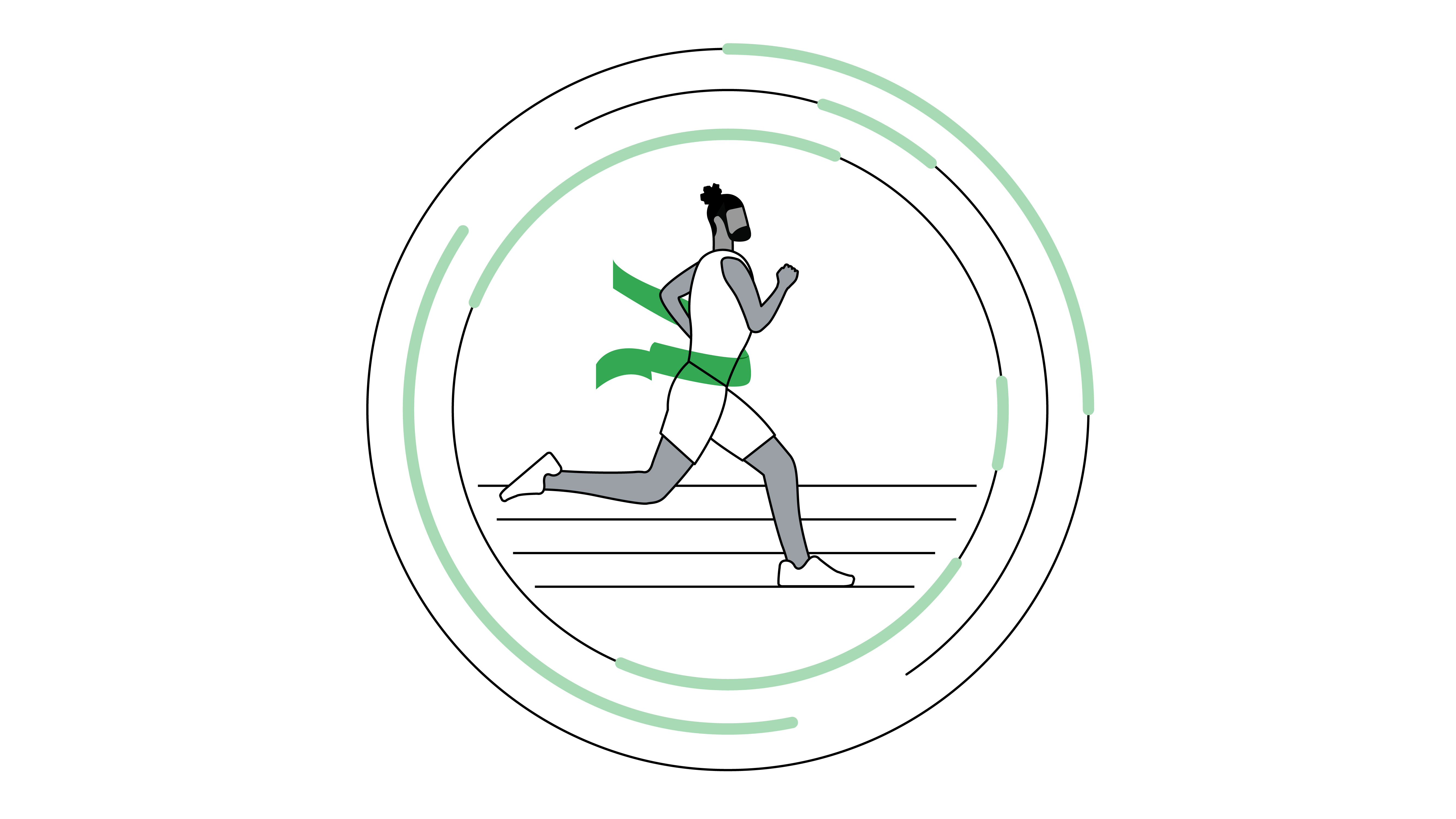Introducing Neil Perkin, an esteemed digital consultant, blogger and founder of Only Dead Fish – and curator of ‘Google Firestarters’ thought leadership event series – highlights five takeaways from our latest event: ‘AI and Algorithms, Efficiency and Effectiveness’.
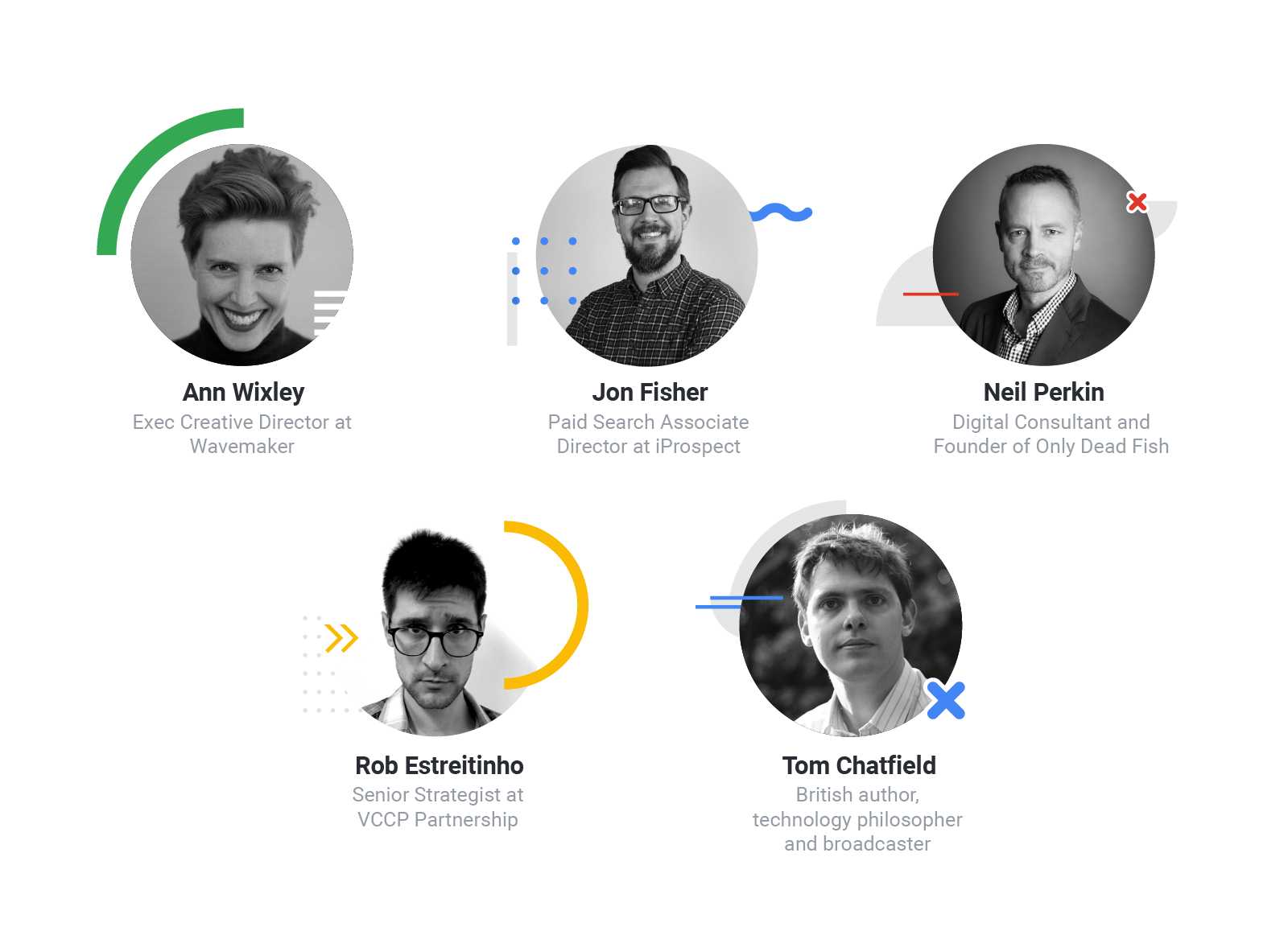
With machine learning, automation, and algorithms an increasingly critical part of industry practice, what are the most effective ways in which practitioners can bring together empathy, creativity and intuition with the smart application of technology and automation to achieve optimal results?
Here are five essential learnings:
- A test is not a good test unless it can be failed: Tom Chatfield spoke of how common human psychological biases can get in the way of driving optimal results through technology. Confirmation bias, or our desire to look for data that supports our existing assumptions, is a particularly powerful bias that can hinder true understanding. Scientific method can be used to get past confirmation bias since it inherently is about trying to disprove a hypothesis rather than prove something. Every test that we set therefore, needs to have a definition of failure.
- Take your time: Ann Wixley talked about how people are actually good at solving problems since it is usually people that have created the problems to solve. But in order to do this well we need to spend more time and focus on defining the problem to solve. Her methods for understanding problems include putting a physical representation of the problem to solve in the centre of the room and having her team use Edward De Bono’s Six Thinking Hats to consider it from different perspectives. Tom Chatfield echoed this thought, noting that machines thrive in handling large amounts of complex data yet humans are naturally ‘narrowcast’ and good at focusing in depth on a few things at a time. The secret of bringing together human and machine capability well is to recognise this difference.
- Adopt a ‘beginner’s mindset’: Rob Estreitinho made the point that we need to adopt a ‘beginner’s mindset’ in order to be willing and open to adapt, and to avoid making assumptions about what the data is telling us. We may have expertise in specific areas but expertise can lead to assumptions so we need to remain open to being proved wrong.
- Speed is not the same as velocity: Building on his point about a beginner’s mindset, Rob described how the key to creating and keeping this openness is to understand that whilst fast data may be seductive, we need to combine speed with direction in order to generate velocity. Automation therefore, should always be combined with judgement.
- Focus on making the boat go faster: Jon Fisher talked about how focus can help us to effectively navigate complexity. He used the example of the British rowing team who came in last place at the 1996 Olympics but went from there to winning Gold in Sydney four years later. Their success was attributed to ensuring that everything the team did focused on answering one simple question: will it make the boat go faster? This level of focus can apply to marketers when making decisions about how to apply automation and technology: will it accomplish our key marketing objectives? Jon concluded: “We need to remember that perfect solutions don’t exist and that ultimately it's about 'being less wrong”.
The overall consensus was that the differences between humans and machines should be celebrated. As Rob Estreintinho said in his talk, these tensions will be with us for the long-term, but the balance will come from managing those tensions rather than ignoring them.
Find out more in Neil Perkin’s full write up on his blog, Only Dead Fish, here.

